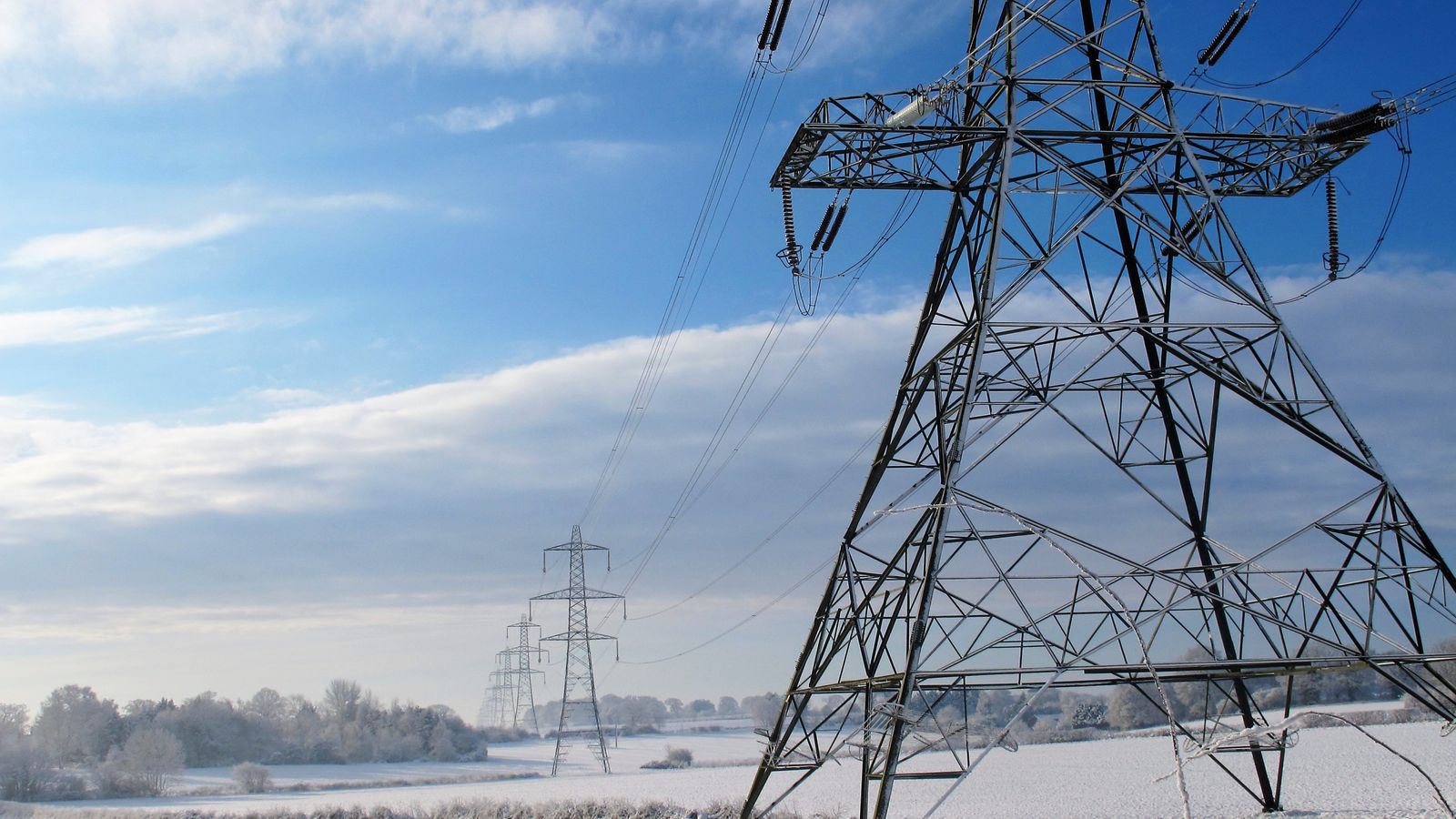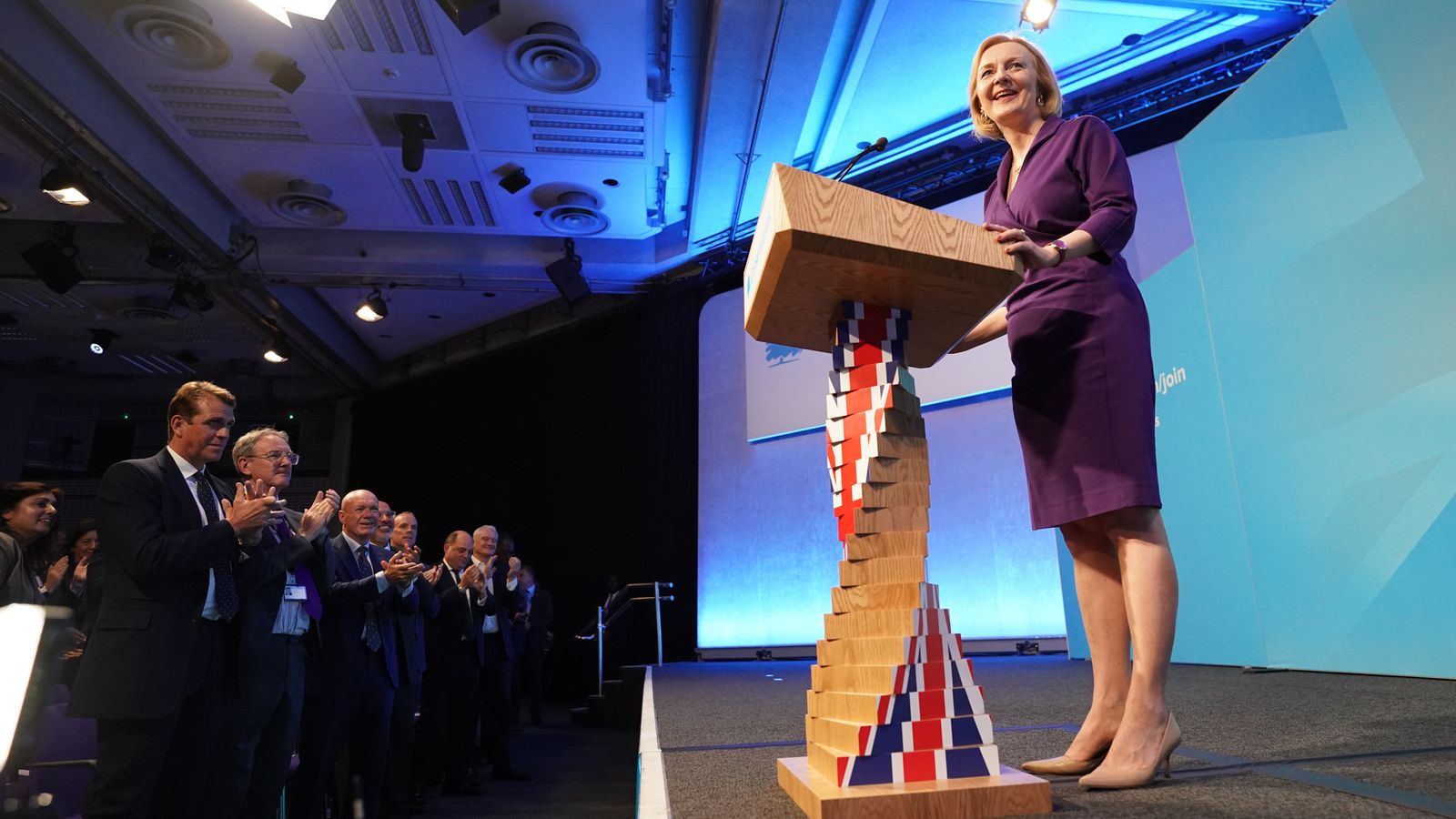Under the country’s emergency plan to manage power cuts, a public information campaign will try to persuade people to use less gas and electricity, even though ministers rejected such a move.
The National Grid said this week that the country could face rolling three-hour power cuts this winter, but the prime minister has ruled out asking consumers to use less gas and electricity.
Downing Street is said to have blocked a proposal from the Department for Business, Energy and Industrial Strategy for a £15m campaign encouraging households to turn down their boilers to accompany the £60bn energy support plan announced last month.
The climate and energy minister Graham Stuart told Sky News that such measures “make no difference” to energy security, and said a campaign would be the actions of a “nanny state”.
That view contradicts the government Electricity Supply Emergency Code (ESEC), which sets out the plan to keep essential services running while managing the impact on households in the event of energy shortages.
The document, published by BEIS, says that “in the event of an emergency… it is very likely there would be accompanying appeals to the public and industry to reduce electricity demand”.
The plan goes on to say a government campaign would be the first of three steps in the event of shortages.
Man with knife dies after being shot by armed officers in police station car park
Tory minister Conor Burns sacked with ‘immediate effect’ after complaint of serious misconduct
James Markham murder: Boy, 15, detained for life for stabbing to death father-of-three outside his Chingford home
“In an electricity supply emergency it may be necessary to restrict customers’ consumption of electricity,” the ESEC says.
Read more:
Plan for three-hour power blackouts to prioritise heating in event of gas shortages
Amid energy security and price crisis, key winter outlook report takes on particular significance
“Restrictions over the longer term can be achieved by one or more of the following methods: Public appeals by the UK government for voluntary restraint; orders or directions… requiring restrictions on consumption by industry, commerce and other undertakings; directions… requiring rota disconnections [power cuts] and associated restrictions.”
The ESEC, which has to be triggered by the Secretary of State for Business and formally approved by the King as an Order in Council, sets out the protocol for managing power cuts as well as which industries and public services will be protected.
‘Protected sites’ during an emergency power cut
“Protected sites” whose power will not be cut include the gas and electricity supply system, airports, oil refineries, hospitals, ports and docks, water and sewage works, digital and telecom services, the emergency services and armed forces and financial services the Treasury deems require uninterrupted operation.
All protected sites will be expected to reduce their energy use in the event of shortages, and in extreme circumstances to switch off everything not required to protect damage to the facility.
Read more:
How worried should we be about lights going out?
Will food go off in the fridge – and will my pet fish survive? How to prepare for a blackout
Power cuts will be governed by a protocol known as the Variable Rota Disconnection Plan (VRDP) which determines which homes and businesses will lose power and for how long.
While the National Grid controls overall supply, electricity is delivered locally by eight network operators serving England, Scotland and Wales, with a ninth supplying Northern Ireland, which is in a single energy system with Ireland.
Under the plan each network operator’s region is split into 18 areas of near equal demand, known as load blocks.
Eight three-hour periods
Each day of the week is split into eight three-hour periods, with a rota determining which block would be switched off and when. If up to four load blocks have to be disconnected the disruption would be concentrated in a three-day period, either Monday to Wednesday or Thursday to Saturday.
The National Grid will aim to inform BEIS of which areas will be cut off no later than 2pm the day before, with power restrictions beginning at 12.30am.
There are 18 rota patterns in ascending order of severity, with Level 18 showing every block in every area of the country disconnected all day.








